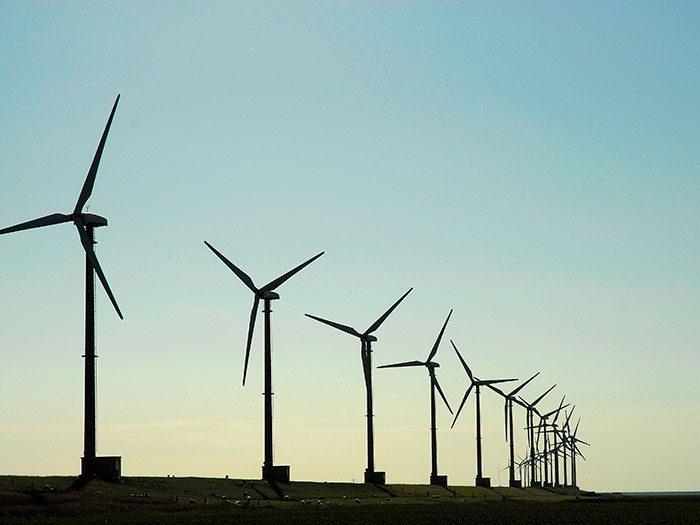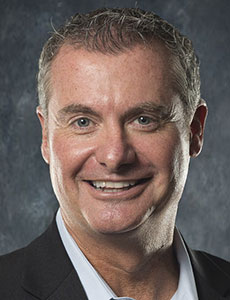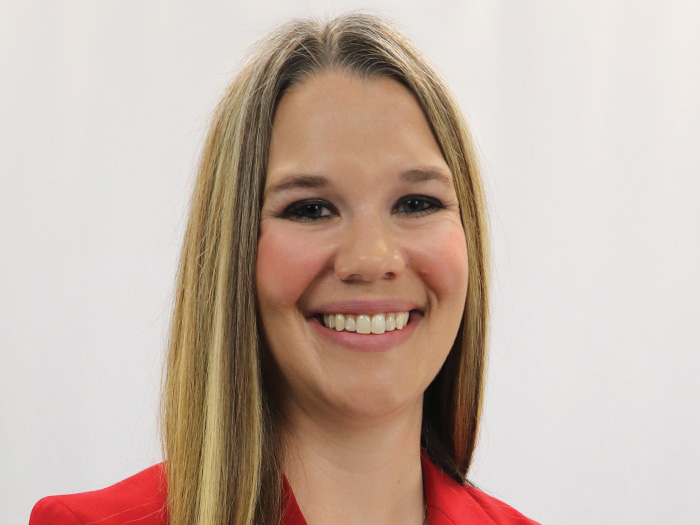Sponsored Content by Engle Martin
Solving the Puzzle: Renewable Energy’s Complex Business Interruption Claims

Keeping renewable energy flowing can be like solving a puzzle when the pieces are always shifting. A myriad of regulations, contractual production obligations, weather fluctuations, and highly specialized equipment all make the renewable energy sector very complex.
The picture gets more complicated when a wind farm suffers a physical loss and subsequent business interruption. Fixing the property damage is one thing, but calculating and recouping business interruption losses is another.
“Calculating the business interruption impact after a loss requires deep industry knowledge and expertise in the renewable energy sector,”said Joe Slane. Slane is the Executive Vice President – Specialty Loss Group and Senior Executive General Adjuster with Engle Martin & Associates, a national independent loss adjusting and claims management firm.
Calculating Lost Income
A wind turbine loss demonstrates the many factors that impact the calculation of lost revenue after equipment failure.
Every day that a wind turbine generator remains out of service translates into decreased production and potential losses in revenue. Calculating the revenue impact is a multi-factor equation that can get complicated fast, making the need for a knowledgeable adjuster all the more imperative.
“Wind speeds and direction can change fast and can be seasonal. Operators are constantly monitoring wind speed and direction so they can facilitate adjustments to maximize power output. You have to consider many dynamics when projecting the production loss,” Slane said.
“An adjuster has to understand power generation to project megawatt hours lost over a certain period of time, during a certain part of the year.”

Joe Slane, Executive Vice President – Specialty Loss Group and Senior Executive General Adjuster
Wind farms generally keep detailed historical data on wind speed seasonality and average power output, so an experienced adjuster could project how much energy would have been produced had the damaged turbine been functioning normally.
Then it’s a matter of determining how much that power is worth.
“Renewable Energy Credits (RECs) and Production Tax Credits (PTCs) may contribute to the farm’s revenue loss, but their value could fluctuate with market demand and the amount of energy that a farm produces,” Slane said.
Properly factoring in these credits requires in-depth knowledge of the renewable energy market’s performance and industry tax regulations.
“Right now, for example, certain areas of the renewable energy market are saturated. Supply is at an all-time high in certain areas, so the value of certain RECs may be low. You have to know what these credits are worth, and how much they would have contributed to the farm’s revenue had there been no loss.”
A skilled adjuster will also understand how a wind farm’s insurance policies work and what exactly is covered.
“How does the policy define business interruption? Is there a time limit on the interruption period? Some policies have a long waiting period deductible. This could mean that if the waiting period is 60 days, any interruption losses incurred before the 60-day mark may be the responsibility of the owner,” Slane said. “A seasoned adjuster in this space should know what to look for within the policy.”
Evaluating the Time Element
In addition to these factors, understanding the time element claim is critical.
“The time element exposure is dependent on the time it takes to assess and repair the physical damage that’s causing business interruption in the first place,” Slane said. The longer it takes to repair or replace damaged equipment and the more downtime a turbine incurs, the larger the business interruption loss could be.
In an industry like renewable energy that relies on heavy, specialized equipment, repairing damage could be a long and complex process.
“Assessing the damage alone can take up to a week. Sourcing, procuring, and installing new equipment can take several months.”
Without technical knowledge of a plant’s equipment — and the complexities of replacing it — adjusters can’t begin to assess the full scope of a business interruption claim.
“Keep in mind that blades alone are 116 feet long and longer. The blade assembly can weigh 35 tons. The nacelle alone weighs over 55 tons… and all of this sits atop a 70 ton, 200-foot tower,” Slane said. “Transporting these pieces is no easy feat. The logistics of delivery and installation are also complicated because you need cranes to lift the equipment.”
Site access and weather issues can further delay the process.
“Some wind farms are out in the middle of wide fields with no roads leading to them. Others are in the side of a mountain. It’s difficult moving cranes and cargo trucks in and out of these sites,” Slane said.
Even when all the pieces are in place, high winds, extreme cold, rain, or ice can keep a project grounded. The conditions need to be just right for installation to be done correctly and safely. All the while, the farm continues to lose out on revenue from that turbine. Adjusters need to be able to make that connection to arrive at a fair business interruption assessment.
Adjuster Expertise Is The Key To Solving The Puzzle
Navigating the complexities of a business interruption loss in renewable energy demands an adjuster who knows it all – the equipment, the weather patterns, power generation data, market fluctuations, financial impacts, industry regulations, and insurance.
“Insureds don’t want to waste time talking with an adjuster who doesn’t know their business,” Slane said.
“At Engle Martin, we can speak the lingo. RECs, PTCs, FERC — which is the Federal Energy Regulatory Commission – these acronyms are part of the everyday vocabulary,” Slane said. “If you don’t know or quickly learn the terminology and processes, you could lose credibility.”
Engle Martin’s Energy & Power Group, a subset of the company’s Specialty Loss Group, has the expertise to engage with wind farm operators and evaluate every factor of a business interruption claim. The Specialty Loss Group consists of 40 Executive General Adjusters averaging over 20 years of claims adjusting experience.
Having a true energy expert in the field benefits all parties. Carriers want to know their adjusters are experienced, accurate, and professional so they can properly measure a claim. Insureds want an adjuster who can speak their language and who understands all the components of a loss. Brokers are the go-between; they want the best services for their client, and a fair claim valuation for carriers.
“Keeping communication channels open among those parties is essential in a complex, lengthy loss,” Slane said. “Having a trusted expert at the center of the claim is critical.”
To learn more, visit: http://www.englemartin.com/.
This article was produced by the R&I Brand Studio, a unit of the advertising department of Risk & Insurance, in collaboration with Engle Martin & Associates. The editorial staff of Risk & Insurance had no role in its preparation.









